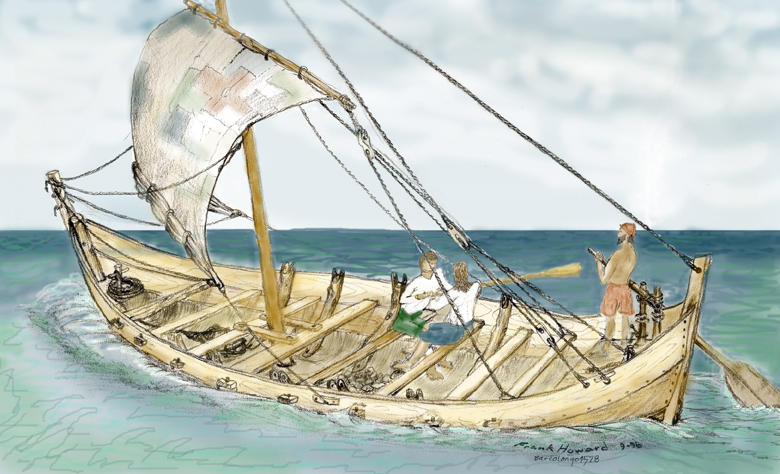Panfilo de Narvaez
Only a few years shy of 100 years before the Pilgrims landed at Plymouth Rock, Panfilo de Narvaez set out to explore, and claim for Spain, all of Florida. This trip in 1528 took him from his landing in the Tampa area across the Florida landscape toward the Apalachee provinces between the Aucilla and Ochlockonee Rivers.
In north Florida his forces treated the Indians with great savagery. These Indians were said to be quite large and very light skinned, much unlike the Indians he had encountered in the central and southern part of the state. But he was still prone to cut off noses, hands, feet, or what ever else came to mind of those he captured just to show his power. The local Indians were of greater stature and much more robust than the Spanish. The Spanish bowmen could not pull or draw the bows of the Indians and wrote that on occasions a Spanish horseman would be killed along with his horse as an arrow would penetrate the rider and continue on through into the horse -- killing both!
By the time he traveled from St. Augustine to the St. Marks area his bedraggled force of nearly 300 men was sick and hungry and anxious to return home. With no shipwrights, one carpenter and one blacksmith the group proceeded to beat swords, guns, and armor into nails and rigging and to build the first European ships in this country. Five ships, or sailing barges, carrying about 50 persons each, left Bayo Caballos (Apalachee Bay) late in 1528. Only 4 persons are known to have survived.
The picutre below was drawn by F.D. Howard based on the type of ships the sailors would have been familar with and might have grown up knowing how to build.

The above is a pastel drawing (also by F.D. Howard) showing the type of boat that Panfilo de Narvaez's crew probably knew as local fishing boats in their youth.
